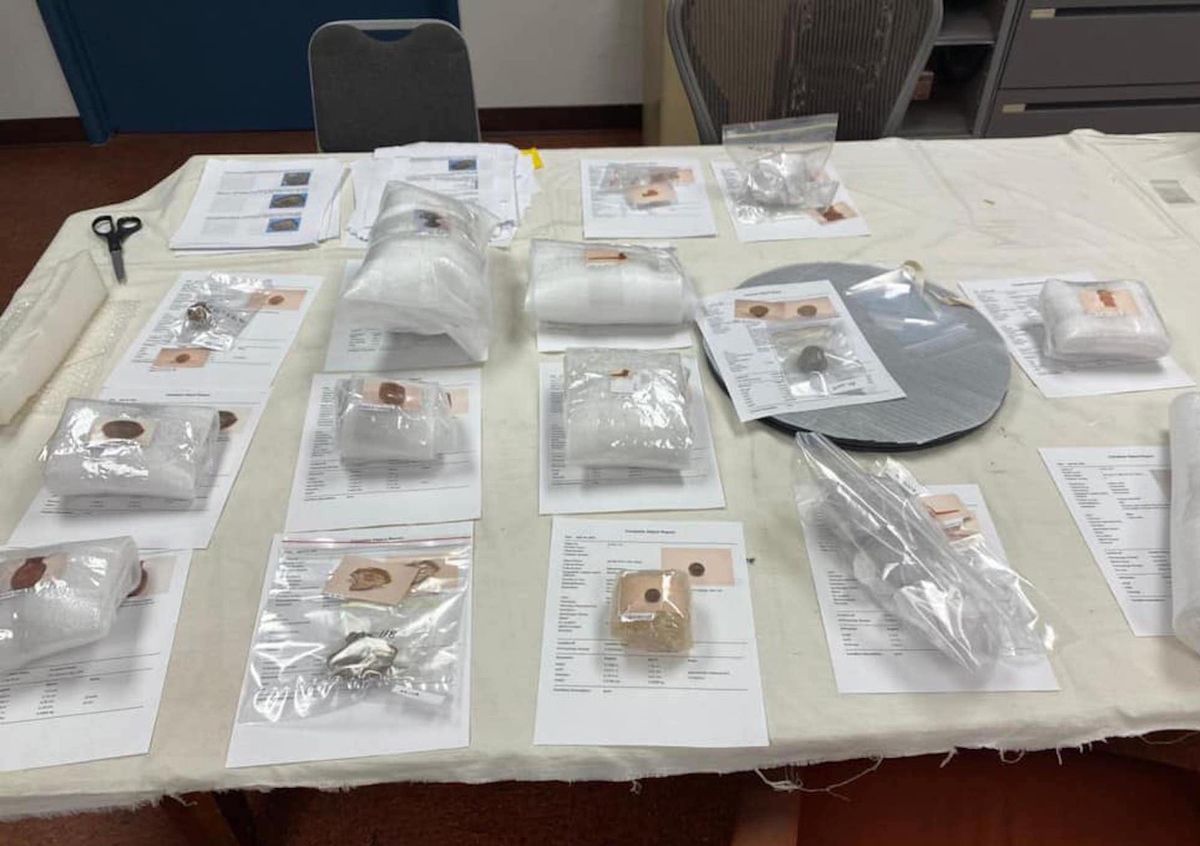In a 15 September ceremony at the San Bernardino County Museum (SBCM) in Redlands, California, officials returned 1,294 pre-Columbian artefacts to Mexican authorities. The event was timed to coincide with both Mexican Independence Day (16 September) and the beginning of Hispanic Heritage Month in the US (15 September-15 October).
The coordinated restitution effort was spearheaded by the Mexican ministries of foreign affairs and culture under the auspices of the National Institute of Anthropolgy and History (INAH), the San Bernardino County board of supervisors and the SBCM director and deputy director, David Myers and Tamara Serrao-Leiva, respectively.
The vast collection of objects includes both ritual and everyday items, spanning statuettes, wind instruments, necklaces, ceramic and copper bells, burial remains and arrowheads. The artefacts were returned to Itzel de Leon Villard, the Mexican consul in San Bernardino, in an official ceremony. Villard complimented museum and county officials on the authorities’ compliance with Mexican guidelines governing national heritage objects.
The restitution coincides with the opening of the exhibition Latinos: Driving Prosperity, Power, and Progress in America at the SBCM, which features work by 21 artists from the surrounding Inland Empire region of Southern California.
This is not the first major repatriation in recent years for the SBCM. In 2021, the museum returned dozens of spiritually significant items to the San Manuel Band of Mission Serrano Indians. It had acquired the objects from several non-Indigenous donors in the 1980s and did not have provenance information about them.
This trove of repatriated objects from SBCM comes amid Mexican president Andrés Manuel López Obrador’s ongoing campaign to recover national cultural heritage from around the world. His administration’s social media campaign, #MiPatrimonioNoSeVende ("My Heritage Is Not For Sale"), couples lawsuit filings against auction houses and other entities with online awareness of international repatriation struggles. Since the initiative’s introduction in 2018, more than 11,500 pieces have been returned to Mexico. Recent recoveries hail from France, the Netherlands and Germany.


